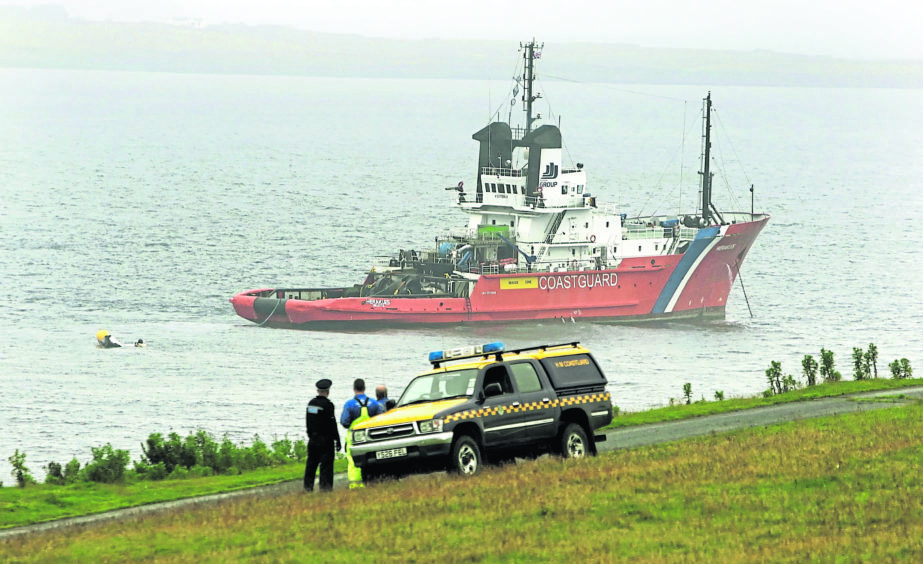
Pilots can lose concentration when their aircraft is put into autopilot, according to an expert witness at the Shetland helicopter tragedy fatal accident inquiry.
Steve Jarvis, a doctor of philosophy who works in the aviation industry, said a symptom known as “vigilance decrement” was a common factor where concentration over prolonged periods of time cannot be sustained.
He said monitoring of instruments could worsen unconsciously when the flight is automated.
A report by the Air Accidents Investigation Branch (AAIB) on the 2013 crash, which is playing a major part in the inquiry, has said flight instruments were “not monitored effectively” by the pilots in the moments leading up to the crash.
The AAIB said a lack of monitoring meant a reduction in air speed was not noticed by the pilots and attempts to recover control were too late prior to the crash in foggy conditions just two miles west of Sumburgh Airport.
Dr Jarvis was instructed by CHC Scotia, the operator of the Super Puma involved in the crash, and researched specifically “eye-tracking” of flight controls by pilots. He said there were situations where pilots, during automation of a helicopter, could unconsciously not monitor instruments during the flight, believing these were already under control.
There were also times when each pilot possibly believed the other was monitoring the instruments, particularly relating to height and speed.
Dr Jarvis said: “All pilots are vulnerable to human issues that disrupt issues relating to monitoring.
“Monitoring is the collection of information of the instruments, it can be quite difficult in difficult circumstances.
“It can be unconscious, like driving a car.”
He said most people assume pilots to be consciously monitoring the instruments “all the time” but that was “totally unrealistic”, particularly during times when the helicopter was in autopilot.
Dr Jarvis claimed the accident itself involved elements that were “unpredictable”.
Sheriff Principal Derek Pyle said: “The primary problem here is the speed was too low. That was a failure by someone. It was not something wrong with the helicopter.
“For the air speed to drop it can only be the person driving the machine who allowed speed to drop below what it should.
“It comes down to a failure to check the speed of the machine.”
Dr Jarvis said: “What I have seen is that incomplete monitoring is the norm, it happens most of the time.”
Sheriff Principal Pyle asked: “What can be done to solve the problem? What you say is the research is infantile – what strikes me is that we don’t have helicopters falling from the sky on a more regular basis because the pilots won’t do monitoring correctly.”
The inquiry continues.
Recommended for you
